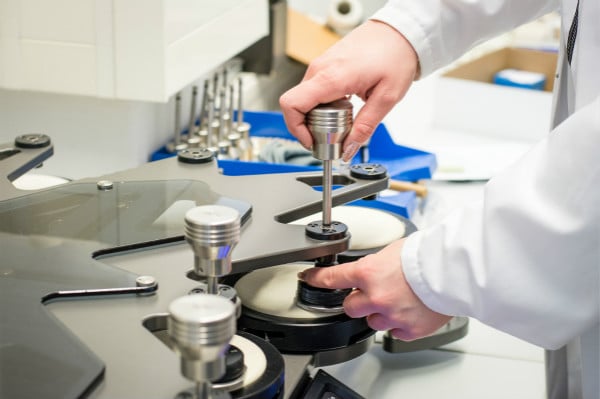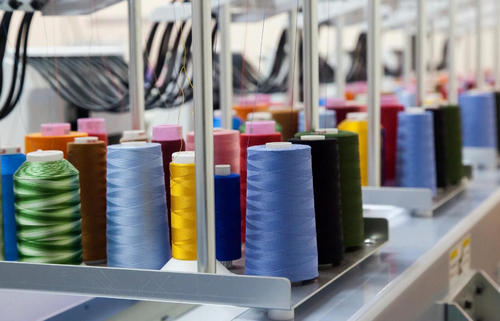
NewsInformation Center
What to know about textile testing equipment - Did you know?
2023/04/23
Textile testing equipment is used to determine the various properties and quality of textiles instruments, they have an important role in the production, processing, trade and consumption of textiles. There are many types of textile testing equipment, according to the content and purpose of the test, can be divided into the following categories:

- Mechanical property testing equipment: used to determine the strength, fracture, tear, abrasion, pilling, tensile, thickness, density and other mechanical properties of textiles, such as rupture strength tester, tribometer, etc.
- Appearance quality testing equipment: used to determine the appearance of textile defects, color, luster, flatness and other appearance quality, such as appearance assessment instrument, color difference meter, etc.
- Fabric style testing equipment: used to determine the softness, stiffness, flexibility, crease recovery and other fabric styles of textiles, such as softness tester, flexibility tester, etc.
- Physical property testing equipment: used to determine the physical properties of textiles such as air permeability, permeability, moisture absorption, thermal stability, shrinkage rate, such as airflow resistance tester, water permeability tester, etc.
- Process property testing equipment: used to determine the color fastness, flammability, water resistance, stain resistance and other process properties of textiles, such as color fastness tester, flammability tester, etc.

Textile testing equipment has a long history of development, from the initial simple tools to the current combination of mechanical and electrical modern instruments, and constantly improve the accuracy and efficiency of the test. The selection and use of textile testing equipment should be based on different standards and requirements, such as ISO, ASTM, AATCC, BS, GB, etc. The operation and maintenance of textile testing equipment should also follow the appropriate specifications and guidelines to ensure the proper operation and life of the instrument.
Textile testing equipment is an integral part of the textile industry and they provide a scientific basis and guarantee for the production and consumption of textiles. To learn more about textile testing equipment, please refer to the website and blog articles of QINSUN Instruments, a company specializing in textile testing equipment and providing various technologies and services.
Previous: In 2023, Australian cotton production will set a record and export sales will be
N e x t : The 5-Step Zipper Test Guide You Didn't Know About



